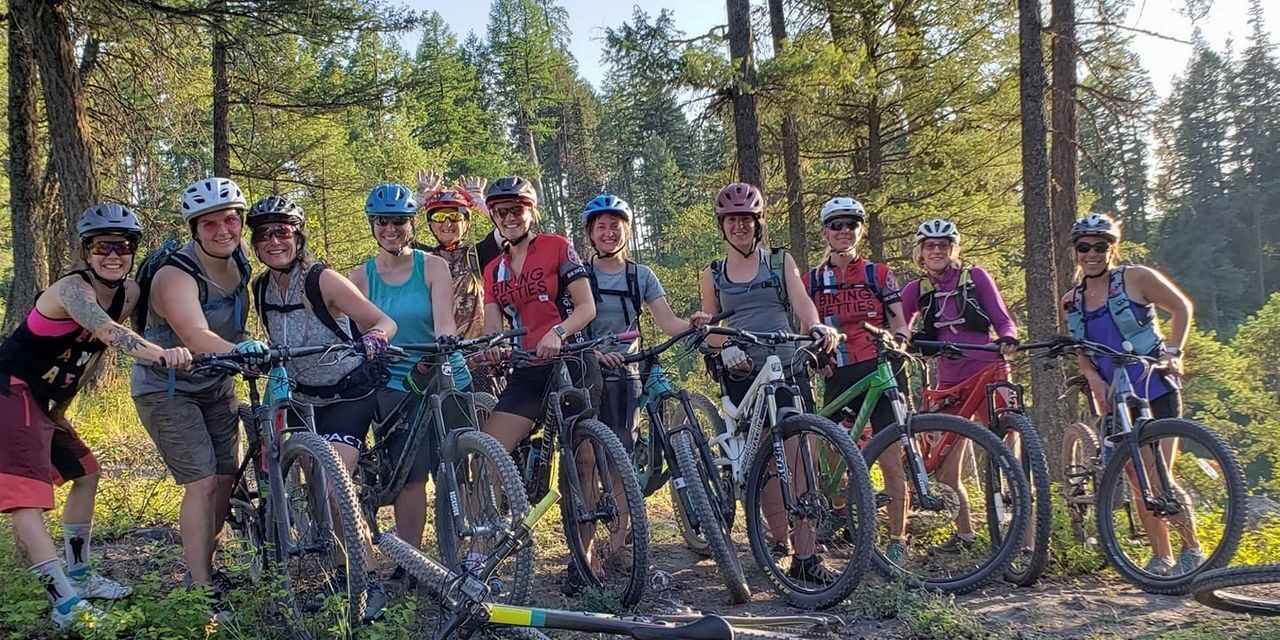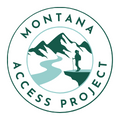The Business Case For Outdoor Recreation

Who knew?
That in 2002, a free-wheeling group of Whitefish mountain bikers would kick off one of Montana’s best trail systems.
Introducing the Whitefish Trail. What started on Spencer Mountain as a state-initiated development planning process for 13,000 acres of public state trust land around Whitefish has turned into a 42 mile (and counting!) trail system with 12 trail heads, thousands of acres of conserved land, millions of dollars of revenue for state schools and colleges, and miles more trail and protected land in the works. Take a few minutes to see how the Whitefish Legacy Partners got to this point, and where we are going.
At the personal level, more than any project in my career, this one called on every skill I had, and even some I didn’t. From founding a nonprofit, to dreaming big, to team building, to planning, to politics, to bushwhacking trail lines, to papering complex conservation/recreation documents, and to developing trusted relationships, the process has been deeply fulfilling at best, and nail biting at worst, but always critically worthwhile.
At the community level, I’ve recognized how important, overlooked, and at risk “frontcountry” recreation access is. “Frontcountry” might not be quite the right word, but I’m talking about that space that, when you arrive, you take a deep breath, hear nature and the mental chatter is quieted by the beauty around you. The space when you look up from your handlebars on your lunchtime ride and think “How lucky am I?”. The space where you are mesmerized by the ripples and eddies and forget to put your fly in the water on your after-work adventure.
Yet, those frontcountry places, perhaps located on private land slated for development, or perhaps gated for the season due to a lack of funding, are essential to Montana’s economic vitality and healthy communities.
Why It Matters?
Beyond tourism—Frontcountry trails and recreation amenities, are “economic engines” for those who live in and visit Montana. Headwaters Economics’s recent economic impact study found the Whitefish Trail system generates 6.4 million dollars of consumer spending annually—both from locals who spend more on gear, and visitors who stay longer and spend more than other tourists. Of the almost three million visitors to Montana State Parks, 70% are from Montana.
Competitive advantage—Frontcountry trails and recreation are at the heart of the “quality of life” touted by the Montana High Tech Alliance and Business for Montana’s Outdoors as a competitive advantage for starting and growing a business in Montana. In Montana’s entrepreneurial ecosystem, easily accessible “frontcountry” recreation for after work fishing or a lunchtime bike ride, allows a worker to “celebrate the balance that we don’t work to live, and live to work, but both.“
Economic Engine-- Because nationally, consumer spending on the outdoor recreation was $887 BILLION (with a B), accounting for 2% of the GDP--and outranking spending on education, gas, fuel and motor vehicles. In the Montana, the annual spending number is $ 7.1 billion. Outdoor recreation is so significant that beginning in 2017 the US Bureau of Economic Affairs has begun measuring how spending “on outdoor pursuits like snowboarding, biking and boating ripple through the economy.”
As pressures increase, there will undoubtedly be challenging discussions about how we invest in public outdoor recreation opportunities-- as individuals, as businesses, as communities, and as government-- at the local level, state and federal level.
But in the meantime, first take the time to:
Appreciate those special outdoor places;
Think about how and why those places exist;
Think about what would happen if those places go away.
Plan for more!
Author: Diane Conradi is a founder of Montana Access Project, a team of advisors who turn recreation dreams into reality, and Conradi Law Office, specializing in business, real estate and outdoor recreation and conservation.
